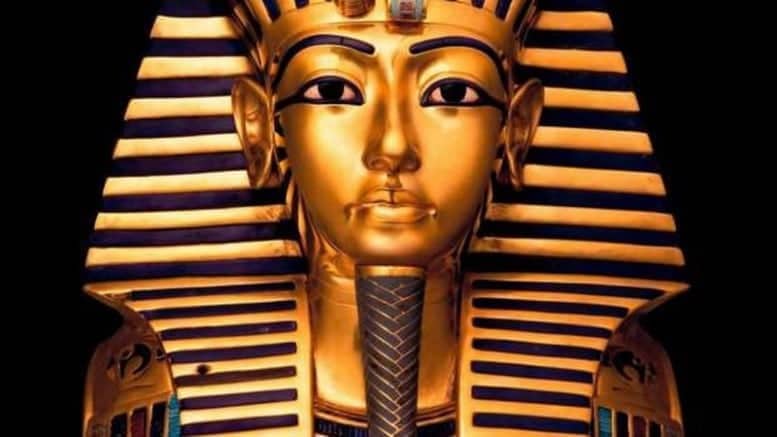The so-called ‘Curse of the Pharaohs’ is one of the world’s most famous curses. In late 1922, a British archaeologist named Howard Carter discovered the tomb of Tutankhamun in the famed Valley of the Kings. While the Pharaoh, who died in approximately 1323 BC, was relatively insignificant in the history of Egypt, the discovery of his tomb catapulted ‘King Tut’ into the global arena, and he became one of the best-known ancient Egyptian rulers. After several members of the excavation team died in mysterious circumstances, a mythical ‘Curse of the Pharaohs’ was blamed.

The ‘Curse’ Is Unleashed
The discovery and opening of the tomb led to international press coverage. Carter wanted to keep the press at arm’s length yet at the same time sensationalize the story, so he spread a story that there was a curse on anyone who interrupted the tomb of the boy king. Although Carter didn’t invent the tale, he certainly exploited it.
The first unusual occurrence happened on the day of the tomb opening. Carter returned home to find his canary in the mouth of a cobra; the symbol of Egyptian monarchy. Lord Carnarvon was the first human victim, as he succumbed to the alleged curse several months after opening the tomb. A mosquito bite became infected and killed Lord Carnarvon, the project’s financier. Sir Arthur Conan Doyle, the author of Sherlock Holmes, added fuel to the supernatural fire by suggesting that the Pharaoh’s priests created ‘elementals’ to protect his resting place.
Arthur Weigall, a British journalist, tried to make a name for himself by claiming he predicted Carnarvon’s death. When he saw the Lord laughing and apparently disrespecting the tomb, Weigall allegedly said “I give him six weeks to live.” Egyptian Prince Ali Kamel Fahmy Bey was the next victim of the curse. He was shot dead by his wife in 1923.
Other members of the excavation who died unexpectedly included Sir Lee Stack (murdered in 1924), Arthur Mace (allegedly murdered via arsenic poisoning in 1928), Richard Bethell (reportedly killed via suffocation in 1929), and Bethell’s father (committed suicide in 1930). Howard Carter never believed in a curse, but when he died from Hodgkin’s Disease in 1939, further media attention brought the story back into the international spotlight.
There was also a host of mysterious events that perpetuated the belief in a supernatural occurrence. Those who believed in the curse suggested Tutankhamun was protecting his burial spot. In 1925, an anthropologist spoke of how Carter gave his friend Bruce Ingham a paperweight composed of a mummified hand with the wrist attached to a scarab bracelet. The macabre gift carried a message saying that anyone who moved the Pharaoh’s body would be cursed and would suffer pestilence, fire, and water. Ingram’s house burned to the ground soon after he received the gift.
In 1926, Carter wrote that he saw jackals of the same type of Anubis (protector of the dead) in the desert for the first time. The archaeologist had worked in the desert for over 35 years at that point. The ‘curse’ apparently affects anyone who was ever involved in the disruption of the tomb. Dr. Gamal Mehrez of the British Museum laughed at the notion of a curse and said the deaths were a coincidence when he supervised the transport of the tomb’s treasures to London in 1972. He died the night after overseeing the cargo’s transportation. There are plenty of spooky events associated with the disturbance of Tutankhamun’s tomb, but is it all just a big coincidence?

